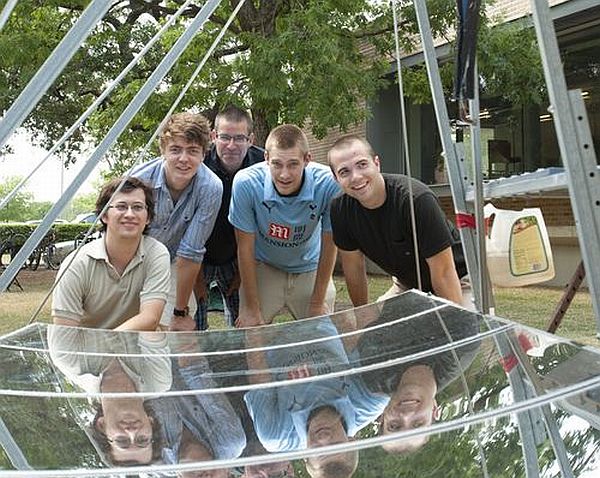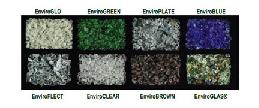
Sterilization is a biggest threat to providing proper medical facilities in most parts of rural developing countries, which not only lack basic infrastructure like drinking water and connecting roads but also electric supply. In such places, providing a solar powered sterilizing facility is not only a healthy social attempt but also very humane gesture.
Senior engineering students of Rice University have devised application of solar power to steam autoclaves to sterilize medical instruments and facilitate health standards in developing countries. Autoclave, which successfully inactivates bacteria, viruses, fungi, and spore, can be especially helpful in areas where outdated sewage systems, water pollution and chemical fertilizers play havoc with the inhabitants’ health, and, on the other hand, electricity, gas or fuel of any type is just beyond reach.
Capteur Soleil, a solar appliance created decades ago by Jean Boubour, a French inventor has been harnessed for this application by Mechanical engineering students of RU, Sam Major, Daniel Rist, David Luker and William Dunk, to create this mechanism.
The Capteur Soleil had been widely donated by RU for cooking purpose in Haiti. It resembles a modern swing in the lawn with a spine made of a steel A-frame and a bed of curved mirrors beneath it. The mirrors help in generating steam by focusing sunlight along a steel tube at the frame’s apex, which, in turn, is directed towards heating of a customized conductive hotplate. Major explains that this hotplate requires about half an hour of hot mid-day sun to reach to its stage of steaming the standard FDA-approved autoclave, which is placed on its top.
Furthermore, in another 40 minutes to an hour significant heating of the autoclave is achieved to ensure sterility of the medical instruments inside the basket in the autoclave. The autoclave, which looks similar to a pressure-cooker, is inserted in a plywood frame and then wrapped in Thermablok insulation. Silicon-based Thermablok insulation, which has the highest R-value of any known material and is a by-product from NASA research into thermal protection for the space shuttle has been used here mainly for maximizing energy conservation and efficient heating. The team’s faculty adviser and an associate professor, Doug Schuler, pointed out that this entire exercise is, however, directed for approaching a bigger cause.
Video:
“>YouTube
Via: Physorg




